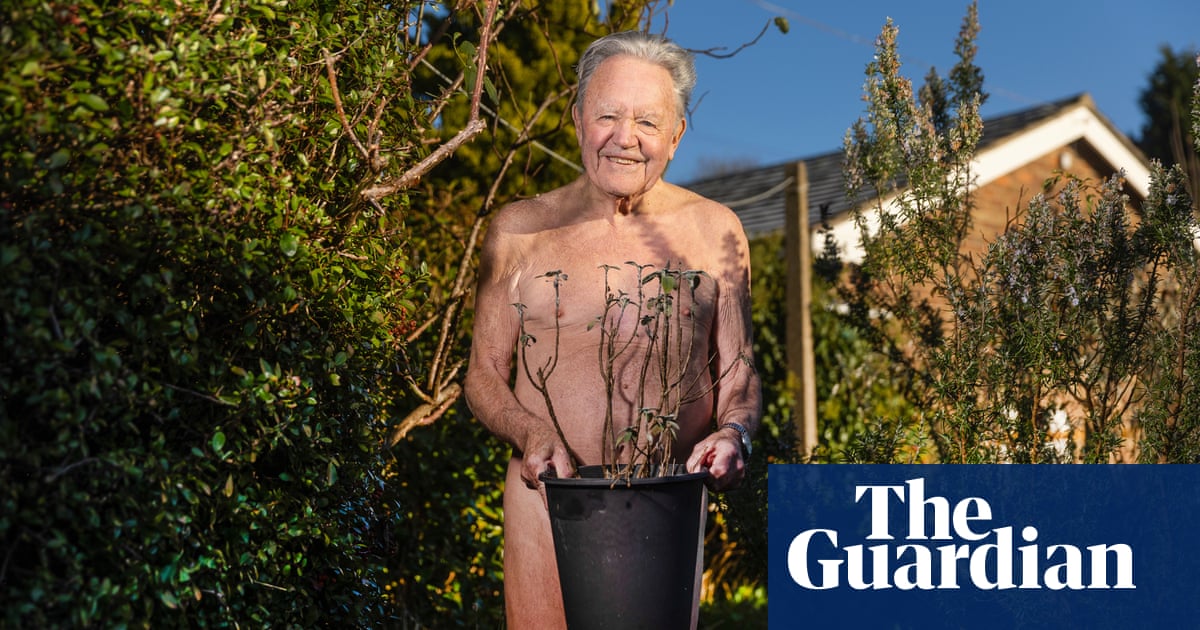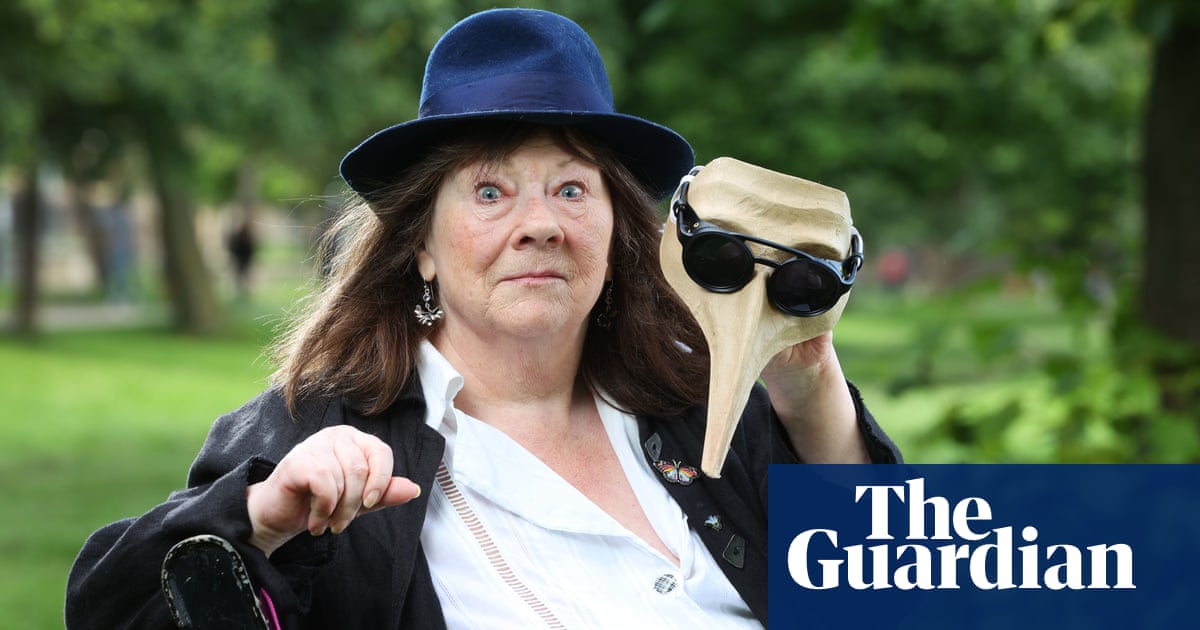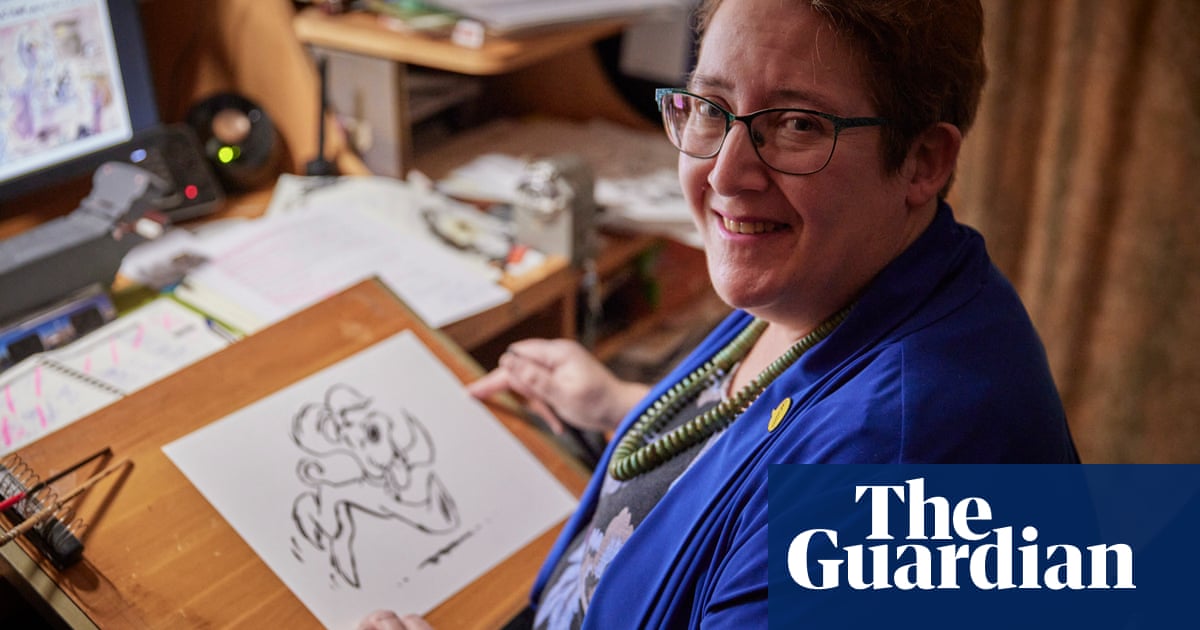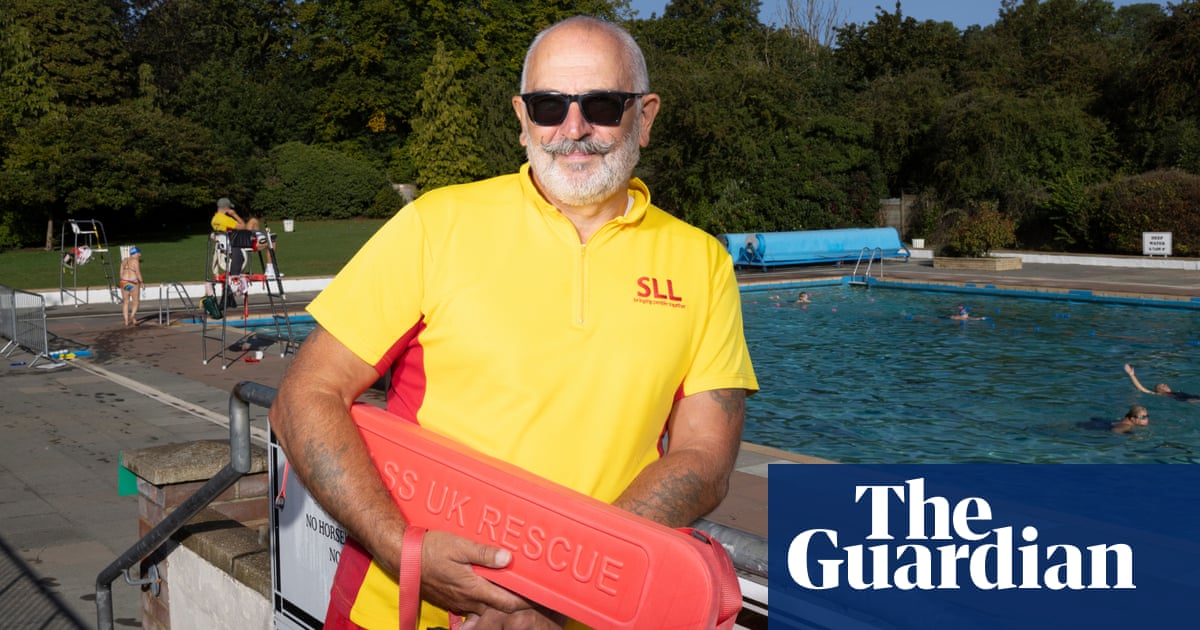
Two and a half months into her retirement, Martha Einerson received an email forwarded by a former colleague, with the words “This seems kind of important” and a smiley face. Einerson scrolled down. Written by a Jonathan Tallert, the note began: “Hello, I’m Martha Einerson’s birth son.”
Her adrenaline surged, her heart started racing. She told her husband James. She called her sisters. She planned to craft a profound reply – “something he’d remember”. But that evening as she got ready for bed, she looked out of the window, “and there was this amazing double rainbow in the east. I thought: that’s a sign. I wrote a short note: ‘Hello, oh my gosh, I haven’t seen you since you were teeny tiny.’” At 62, Einerson had “become a mother”.
Einerson was 19, in her first year at the University of Dallas, when she met her boyfriend, “a powerful first love”. She initially dismissed her morning sickness as a bug, then delayed telling her parents – this was 1977 – but when she did, they and her seven siblings were supportive. Her relationship with Tallert’s birth father was ending; with her family’s support, she decided to give the child for adoption.
Einerson, 63, is a retired professor of communication studies who specialised in interpersonal communication and personal relationships, an expertise she found after changing her studies at least five times in the aftermath of her pregnancy. Her mother had always seen her as “a people person”, she says, but maybe she gravitated to this career partly because she had so much raw material of her own.
For years Einerson gave a speech to her students in which she shared the story of her pregnancy, and the same question always arose. “People would ask: ‘Don’t you want to find him?’” And she would say: “You know, I don’t.”
“My mother always told me: ‘You were his mother for nine months …’,” Einerson says. “She taught me that when you make a big decision, affirm it and reaffirm it as often as you need. And I did. It worked.”
Every few years, Einerson would wonder if her son was OK, if he was alive. “I would imagine what it would be like if he came to the door.” She registered with adoption agencies so he could track her down, but never wavered from her decision not to look for him. “I felt like I would be reneging on a promise,” she says. “I made a commitment – to give him to a family.”
When Tallert was born, Einerson could briefly look at the baby, but was not allowed to touch him. She recalls his red face, his head of dark hair, but nothing that amounted to a complete image to carry in her mind’s eye. “I kept trying,” she says, “but I couldn’t.” Yet when Tallert sent a photograph of himself, she recognised him immediately. “Something in my heart knew. I looked at him and thought: ‘Oh, yeah.’”
Einerson had no more children; she and her husband have “a fantastic relationship … We were unable to have children of our own so we both dove into our careers.”
Two years have passed since Tallert emailed Einerson. They share a stream of texts. They speak on the phone, or FaceTime. Last year, Tallert and his fiancee visited Einerson at home in Minnesota. They cooked together. She hopes to visit them in the spring.
Their first phone call felt like their first meeting. “It only took us 10 minutes and we were into a rhythm, disclosing, sharing stories.”
They discovered they share a host of similarities, including a love of music. “We have the same favourite candy – Chick-O-Stick,” Einerson says. “We both had a really rough start in college and then ended up doing really well. We both like making pizza and we’ve been working for years on perfecting our dough.”
Tallert calls her Martha. “But once in a while, in a close moment, he’ll call me Mom,” she says. “And it still feels as good as it did the first time.” Her life has changed, but “only for the better. I feel more grounded, more at peace … A lot of joy.”












